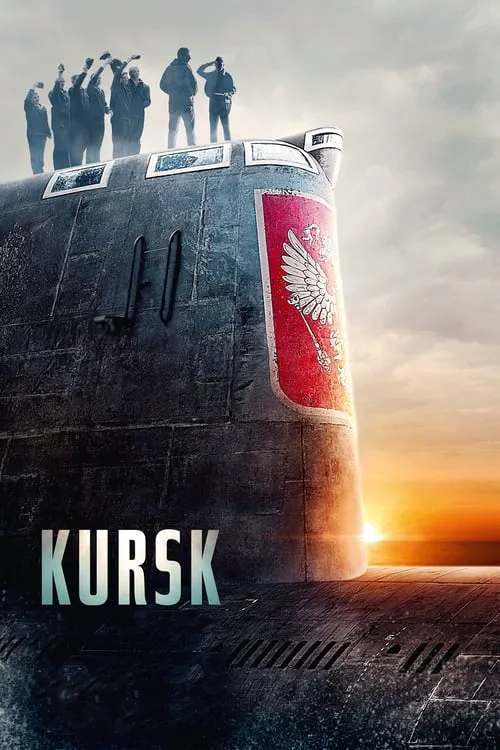Kursk

Plot
On the Barents Sea, a vast and unforgiving expanse of water situated off the northern coast of Russia, the K-141 Kursk submarine was conducting naval exercises, a crucial test of its capabilities and the skill of its crew. Among the participants in these exercises was a British minesweeper, HMS Tyne RHMBS. The Kursk was a Oscar II-class nuclear-powered attack submarine, one of Russia's most advanced vessels at the time. It was a 130-meter- long, 11,740-ton behemoth, home to 118 skilled sailors, all of whom called the Kursk their home for months on end. At 11:28 am on August 12, 2000, something went terribly wrong. While the Kursk was participating in a naval exercise, the submarine suddenly suffered a catastrophic explosion. This explosion, which is still unknown to this day whether it was caused by a torpedo malfunction or other factors, caused extensive damage to the ship's hull. The explosion blew a large hole in the hull, causing water to flood into the submarine at an alarming rate. Despite the attempts of the ship's crew to save their vessel, it quickly became apparent that the situation was grave. Panic began to set in as sailors scrambled to save the ship, but their attempts were in vain. The Kursk began to sink, and with it, the lives of its 118 crew members. The Russian naval command quickly scrambled to respond to the crisis, but their efforts were hindered by a series of unfortunate events and a lack of planning. The Russian government, under the leadership of President Vladimir Putin, was under intense pressure to manage the crisis effectively and maintain public confidence. However, their attempts to do so would prove to be woefully inadequate. Meanwhile, in the UK, British Prime Minister Tony Blair and British Navy officials were informed of the situation and immediately began to mobilize a rescue effort. They quickly dispatched the HMS Tyne RHMBS to the location of the Kursk to assist in the rescue efforts. On board the HMS Tyne was Michael Vince, a British Navy Commander who would play a vital role in the subsequent rescue efforts. However, as the HMS Tyne arrived at the site where the Kursk had gone down, they were informed by Russian officials that the situation was under control. This was a stark example of the kind of misinformation and incompetence that would mar the Russian government's response to the crisis. Despite the initial skepticism about the effectiveness of the Russian rescue efforts, the British Navy officials on board the HMS Tyne knew that every minute counted in this life-and-death situation. They knew that the longer it took to rescue the sailors, the more desperate their hopes of survival would become. As the HMS Tyne waited for Russian clearance to begin the rescue effort, a desperate cry for help went out from inside the Kursk. It was clear that the sailors were running out of air and time. The Russian authorities were in a state of panic, but their leadership was nowhere to be seen, and their attempts to coordinate a rescue effort were faltering. The delay in rescuing the sailors was catastrophic. With no air to breathe and freezing waters closing in, the sailors' hopes of survival began to dwindle. It was a grim, stark reminder of the human cost of the government's incompetence. With more delays expected, the situation grew more desperate. When British Navy officials finally received permission from the Russian government to launch a rescue effort, it was too late. In the words of Michael Vince, the delay had been "a fatal combination of incompetence and bureaucratic delay". This tragic event would mark the end of the 118 crew members who had lost their lives in this catastrophic event. In the aftermath of the disaster, a thorough investigation into the events leading up to the sinking of the Kursk would reveal a tangled web of mistakes, failures, and human error. The official report would conclude that the Kursk had indeed exploded due to a combination of equipment failure and torpedo mishandling. In the years that followed, the tragedy of the Kursk would haunt the Russian government, with its leaders repeatedly criticized for their handling of the crisis. For the 118 sailors, however, it was too late. They had become a symbol of the sacrifices that were made in a country struggling to come to terms with its past and find its place in a rapidly changing world.
Reviews
Recommendations




